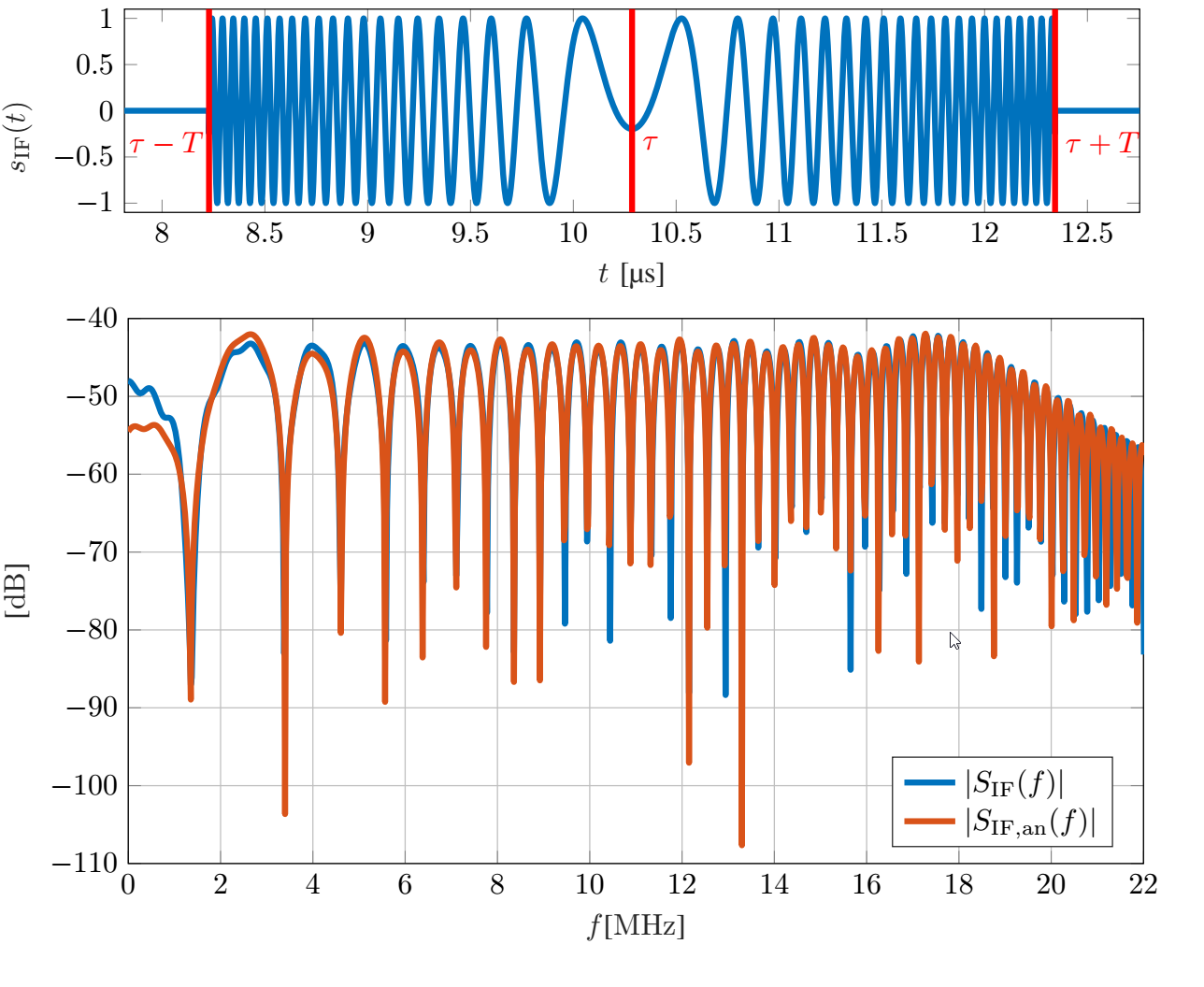Analytical Investigation of Non-Coherent Mutual FMCW Radar Interference
- Published
- Sat, Jun 01, 2019
- Tags
- rotm
- Contact

Radar sensors are increasingly utilized in today’s cars. This inevitably leads to increased mutual sensor interference and thus a performance decrease, potentially resulting in major safety risks. Understanding signal impairments caused by interference accurately helps to devise signal processing schemes to combat said performance degradation. For the FMCW radars prevalent in automotive applications, it has been shown that so-called non-coherent interference occurs frequently and results in an increase of the noise floor. In this work we investigate the impact of interference analytically by focusing on its detailed description. We show, among others, that the spectrum of the typical interference signal has a linear phase and a magnitude that is strongly fluctuating with the phase parameters of the time domain interference signal. Analytical results are verified by simulation, highlighting the dependence on the specific phase terms that cause strong deviations from spectral whiteness.
Figure: The upper plot depicts an example of an idealized time domain interference signal. A simple model for this interference “chirp burst” can be given, described by parameters which may be estimated from the received signal at the victim radar sensor. These parameters are in turn connected to some of the actual transmit parameters of victim and interfering radar. The bottom plot illustrates the corresponding Fourier magnitude spectrum of such an interference burst, exhibiting characteristic fluctuations. By exploiting the symmetries in the time domain signal, an analytical approximation (orange) to the numerically computed spectrum (blue) can be found.
More information can be found in our paper.
Browse the Results of the Month archive.
